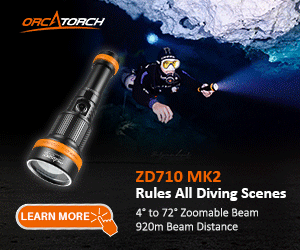Kay Dee
Contributor
Its been a long while since I was involved in hydro testing any cylinders in Oz, but if my memory serves me well, which it sometimes doesn't, it went something like this, or thereabouts anyway.I know zero about tank testing and inspection procedures, so can someone who has done this explain how it’s done, what they look for, and what criteria would have been used to inspect this tank and rejected it? How would the defect in this tank have likely been detected during the inspection and testing process to re-certify it?
The cylinder was first emptied (and the valve removed) and inspected both externally and internally by the Mk1 eyeball for any damage or corrosion, and other test failure criteria as per Aust. Standards. (The internal one was done using a long handle ‘dental’ type mirror and narrow light-stick/wand, or if you were ‘up-market’ a video snake-eye with built in ring-light.) If all good the cylinder was then filled with water and pressurised to, IIRC, (and there is no guarantee I do
And, again of course, the person doing the testing, and the facility where the test was taking place, had to be a certified hydro tester / testing station.



